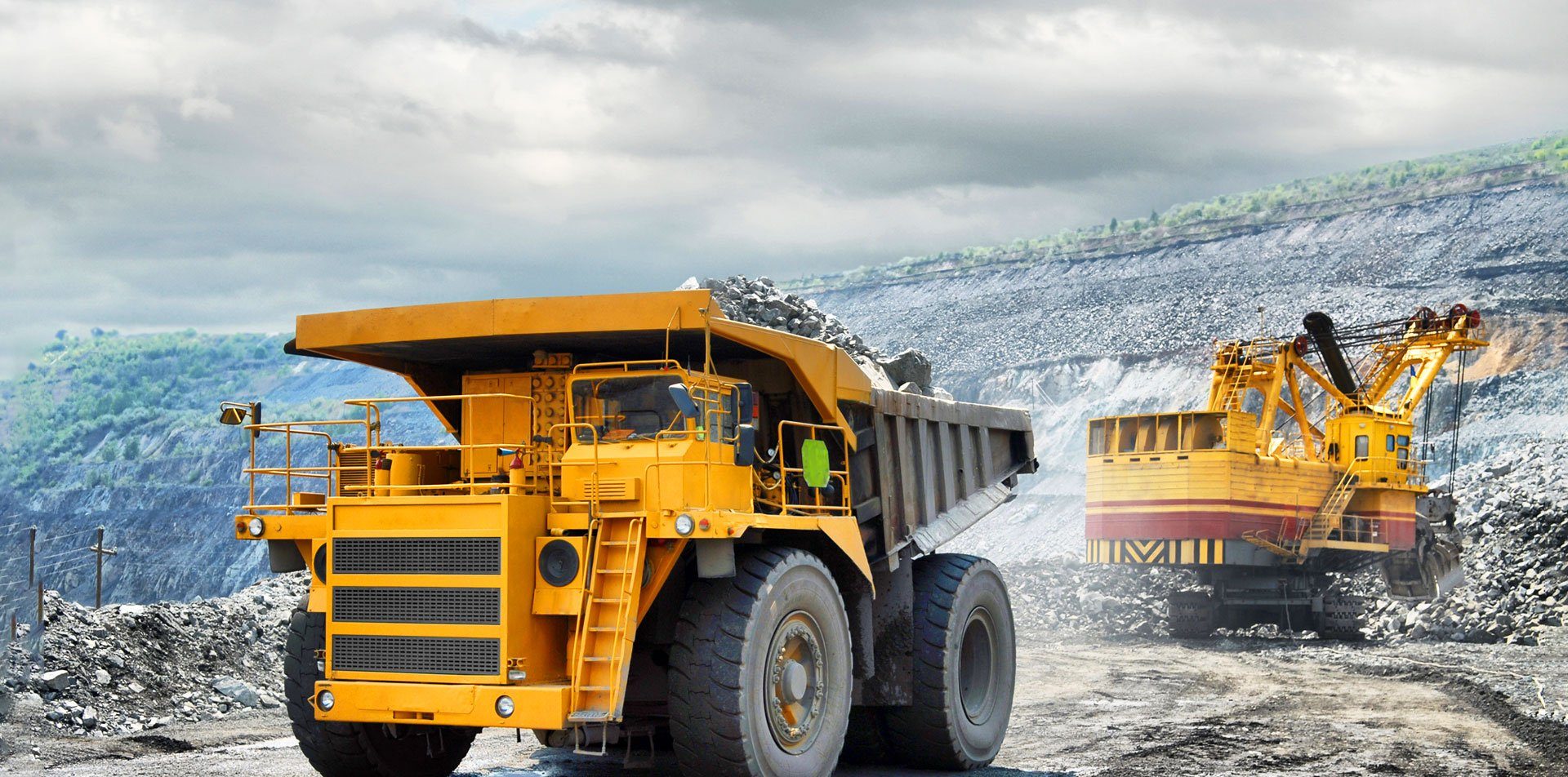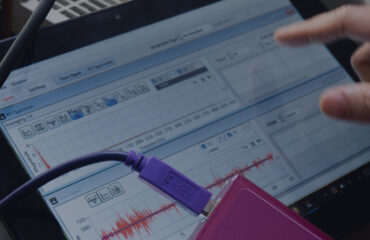Natural factors such as fluctuations in humidity, temperature, and wind velocity produce fractures in all constructions. Foundation fractures are caused by changes in soil moisture. The width of ancient cracks varies by season, and the number of cracks grows with time. This damage is separate from blasting-related harm. The particle velocity at which cracking starts is affected by the cracking site and the wall material. If the whole structure is not adequately evaluated, there is a risk of a skewed judgement on the sort of cracks. As a result, precise transducer placement is critical for accurate damage evaluation. Before blasting, a number of fractures appeared in the mud dwellings, and these flaws grew and spread over time. Due to blast-induced ground vibrations, these fissures are further enlarged and expanded. Brick and mud constructions shake for a longer period of time than concrete ones. At vibration levels that mud and brick walls may harm, concrete walls have a free top and exhibit no fissures. With a high amount of vibration, cracks appear in concrete walls. Cracks in brick constructions may be seen around the corners of walls, roofs, and windows. Clay mortared brick walls and cement-sand mortared brick walls act similarly.

Steel constructions can withstand higher levels of vibration. On buildings, the amplitude of vibration is substantially greater than on the ground. The duration of vibration in a structure is also longer than the duration of vibration in the ground. Blast vibration is more sensitive in multi-story structures than in single-story ones. It is vital to evaluate ground vibrations caused by blasting in order to forecast the degree of damage and take preventative actions. Studies on the structural response of ground vibration in the structures of various constructions within mining areas under Indian conditions are limited, and such studies should be conducted to determine the degree of damages in order to improve and standardise damage criteria under Indian conditions.
Operation of heavy equipments, drilling and blasting in the mine site may contribute to minor
increase in the noise level of the area. The noise due to blasting operation lasts for a very short period. Primary blasting is carried out with adequate preventive measures to control the noise to the permissible limits. Certain amount of ground vibration is anticipated due to blasting and blast monitoring indicates that the amount of ground vibration is well within the permissible ground vibration fixed by Directorate of Mine Safety. Another impact due to blasting activities is fly rocks. These may fall on the vicinity of fields nearby the mining lease area. Considering the nearest habitation at a distance of 500 m from the boundary the safe Explosive Quantity /blast in kg to obtain Peak Particle Velocity in mm/s as per Director General of Mines Safety (DGMS) Circular 7 of 1997 are calculated using the empirical equation given in the attached pdf.
Depending on the type of structures and the dominant excitation, the peak particle velocity (ppv) on the ground adjacent to the structure shall not exceed the values given below in the table.
Table: Permissible Peak Particle Velocity (ppv) at the foundation level of structures in Mining Areas in mm/s

Instrumentation
Simple, light, small, readily portable, battery driven, digital form output, geophone triggering, and so on are all requirements for the device chosen to detect blast-induced ground vibration.
For recording blast vibration, triaxial transducers with a liner frequency of up to 500 Hz and a particle velocity of up to 100 mm/s are required.
Methodology
The transducers should be installed near the structure on firm, undisturbed ground and should be in good touch with it.
The transducers should be positioned horizontally across the wall, floors, and ceiling for structural reaction.
For improved prediction with a high index of determination, a minimum of 15 points of observations corresponding to a minimum of 10 explosions must be made.
Equation for Predicting
To analyse the date, the least means square approach of regression analysis will be utilised.
When blasting is done on the surface and measurements are collected on the surface, or when blasting is done below and measurements are taken underground, the square roof scale distance should be utilised for data analysis and interpretation.
If blasting is done on the surface and measurements are collected underground, the cube root scaled distance must be utilised.
The fear of false alarms is a key concern for most bridge owners.
Recent advancements in signal and data processing, self-calibration systems, and self-testing features, on the other hand, have eliminated or reduced the expense of false alarms and needless site visits.
A well-designed SHM system can, in general, do the following:
a) Monitor structural performance in the face of operational and environmental changes in a proactive manner.
b) Reduce failures due to early identification and so extend the bridge’s remaining life.
c) Reduce wasteful maintenance and life-cycle expenses by optimising inspection budgets using real-time condition data
d) Increase public trust in the structural integrity and safety of buildings.
e) Routine inspections should not need closures or downtime.The fear of false alarms is a key concern for most bridge owners.
Recent advancements in signal and data processing, self-calibration systems, and self-testing features, on the other hand, have eliminated or reduced the expense of false alarms and needless site visits.
A well-designed SHM system can, in general, do the following:
a) Monitor structural performance in the face of operational and environmental changes in a proactive manner.
b) Reduce failures due to early identification and so extend the bridge’s remaining life.
c) Reduce wasteful maintenance and life-cycle expenses by optimising inspection budgets using real-time condition data
d) Increase public trust in the structural integrity and safety of buildings.
e) Routine inspections should not need closures or downtime.




